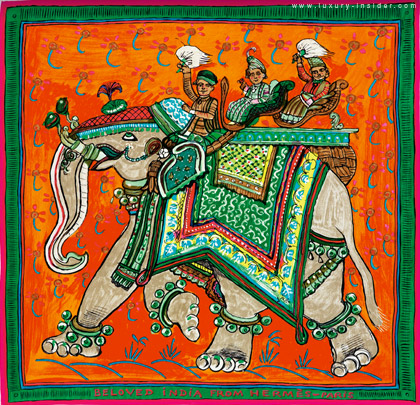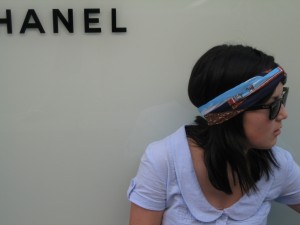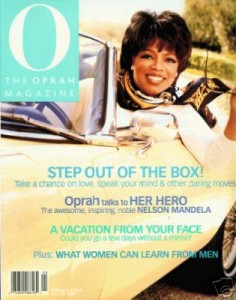When I was 12 I received an orange and yellow fine georgette silk scarf, from an adult American family friend, for Christmas. At the time I thought it was pretty but a really weird gift to give a kid. As a self conscious 12 year old there was no way I was going to wear that scarf, but strangely, I have kept it to this day. Even then I could appreciate the quality and beauty of the piece. Little did I know that this little scarf would turn me into a scarf collector; not systematically, like many collectors, but rather from a simple fundamental attraction when I see one that speaks to me.
I collect different colours of pashminas, and vintage travel scarves but my main love is the Hermes scarf, or if you rather, Les carrés d’Hermès. These 90cm x 90cm silk works of art are truly exquisite and the process to produce them is lengthy and complex.
The first carré d’Hermès was made in 1937. Since the late 1930′s, over 1,500 different versions have been made, and Hermès tends to work with a number of different artists every season. Most designs start with the painting of a motif, which then needs to be translated into a scarf. Once the artwork is created, choosing the colour combinations is generally the next step in making a carré. Pierre-Alexis Dumas, the artistic director of Hermès, and the grandson of the founder of Hermès, describes their colour process as very complex. “Sometimes we discuss a single colour for a considerable time for a scarf that will include more than thirty (colours.) This research into colour is the work of incredible perfectionism. The palette is infinite, its variations at the limit of what the eye can perceive.†Leila Menchari, the director of the colour panel explains that “The work of colouring the Carrés takes time, because each design must be produced in around ten different colour schemes.†(from ‘Searching for Style’)
My fascination of these scarves led to me to join a number of ‘by invitation only’ on-line Hermes scarf collecting clubs. Who knew they even existed? I found myself learning about the designs, how to detect a counterfeit scarf, and the definition of colourway. I also learned that collecting Hermes scarves is an obsession for thousands of women and many men. These collectors, from all over the world, meet regularly in New York, Paris and Toronto. They team up and hit the rare Hermes scarf sales in Paris and they have formed incredible friendships over their shared love of Hermes. Some of these women are lawyers, doctors, and businesswomen, but all, regardless of origin or profession, are simply drawn to the feel, the beauty and artistry of these magnificent pieces of art. I entered a world few people even know exist.
My collection of Hermes scarves has grown to around 15 including a few duplications of some designs in different colourways. Most of my scarves are pre-loved, with only a few of them brand new because they are so expensive, even the vintage ones. The good news is that they seem to retain their value. This sentiment is echoed by one of my Hermes ‘Scarfie’ friends, Jan Goode, who was interviewed by The New York Times.

Shoppers, turned out in droves on West 18th Street for a Hermès sample sale (from The New YorkTimes.)
“I used to buy Sirius stock to keep myself from buying more Hermès scarves,†said Jan Goode, who was wearing a coral one and carrying a tote she had made to showcase another one. Ms. Goode, who is in her 50s, considers herself a serious collector of Hermès scarves, but stopping just short of considering herself someone with a serious problem. It turns out her addiction proved more profitable then her ‘sensible’ purchases: “Now my Hermès holdings are much more valuable than my Sirius stock,†she said. “Sirius is at 90 cents a share. I should have been buying scarves all along.â€
It is not hard to justify the price when you think of each scarf as a beautiful piece of art, carefully crafted and executed. The only difference being that they are to adorn oneself instead of a wall.
I have passed down my love of scarves to my daughters who will one day enjoy my collection. Are scarves just for old ladies? What an absurd notion. Just try one on at any age and you’re in love.  Let me know if you are, or might become a ‘Scarfie’.





